Archive
Roman Bilinski
- Roman
- Bilinski
Роман Билинский, Roman Biliński, Roman Bilinsky, Bilinski, Роман Белинский as well as Балинский (incorrectly but very common)
- 15-07-1897
- L'viv (UA)
- 28-03-1981
- Bordighera (IT)
- PainterSculptorCollectorArt restorer
At the beginning of the 1920s, a member of the Union of Russian Painters in Constantinople, Roman Bilinski was known as a sculptor. At the end of the 1920s–beginning of the 1930s – as a sculptor, painter and connoisseur of local antiques.
Word Count: 42

Self-portrait by Roman Bilinski. Turkey, 1936 (Private Archive of Diana Bilinski). 
Painter Dimitri Ismailovitch with his bust created by Polish sculptor Roman Bilinski, Istanbul, Summer 1922. Source: Scrapbook “To Mr. and Mrs. Stearns from Russian Painters”, p. 8 (Stearns Family Papers. Archives & Special Collections. The College of the Holy Cross). 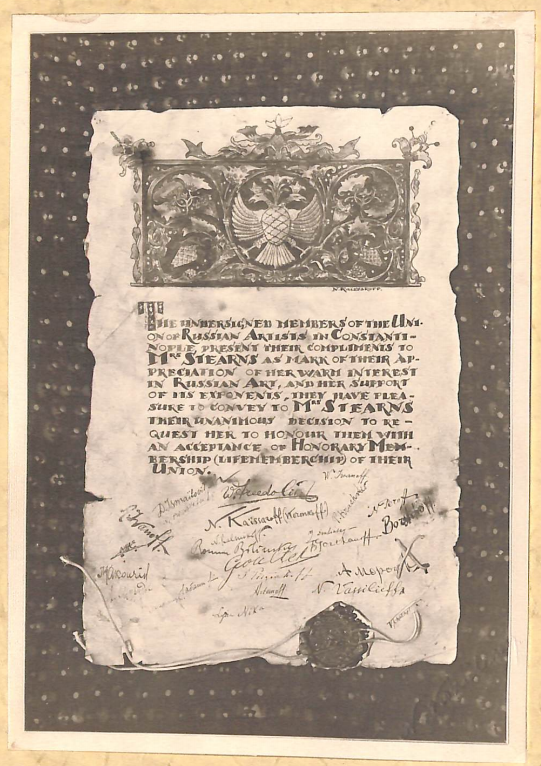
Formal letter of thanks to Martha Stearns from the members of the Union of Russian Painters in Constantinople, 1922. One of the signatures is Roman Bilinski’s. Source: Scrapbook “To Mr. and Mrs. Stearns from Russian Painters”, p. 9 (Stearns Family Papers. Archives & Special Collections. The College of the Holy Cross). 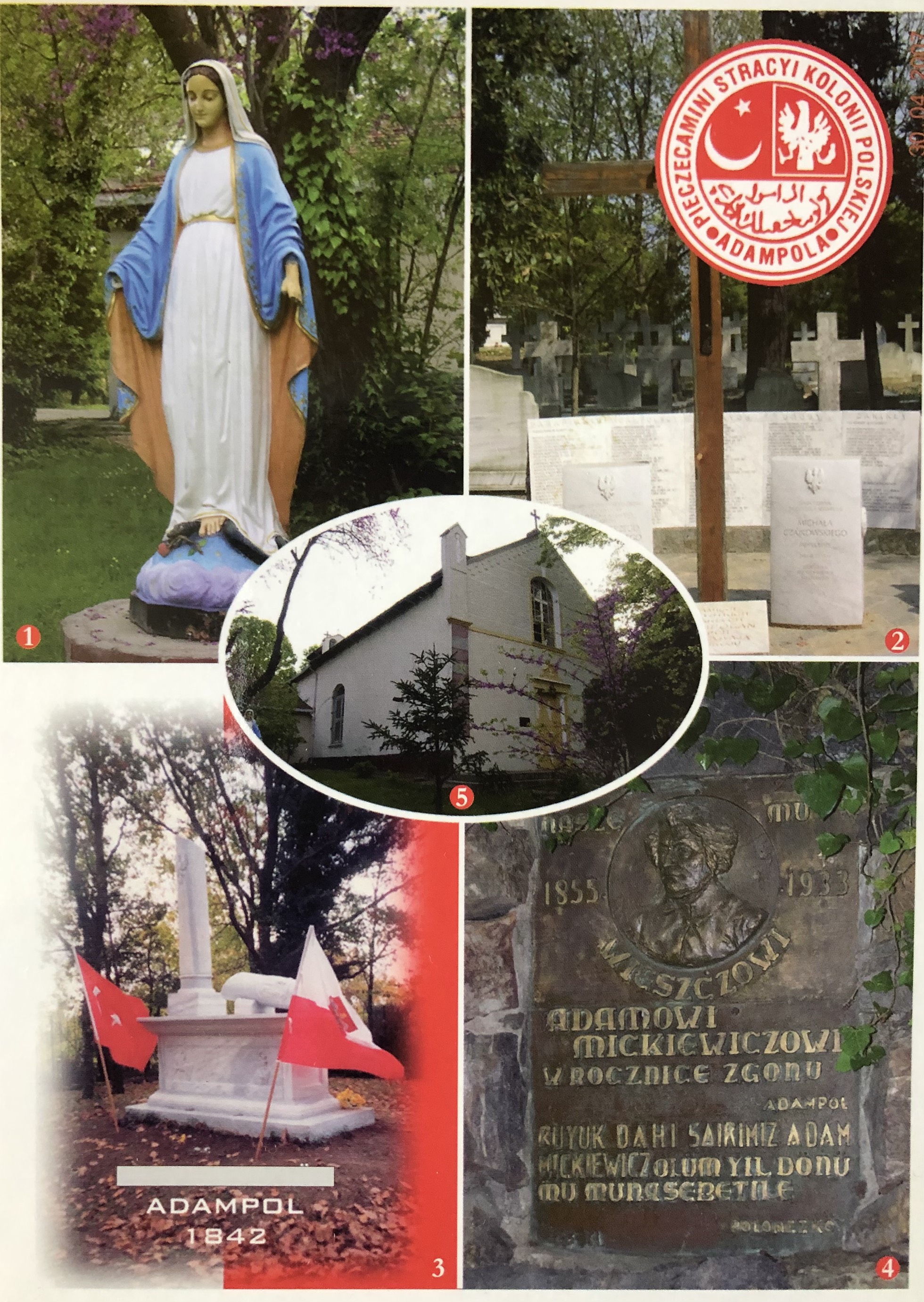
Bilinski's monument to the Polish poet Adam Mickiewicz in Polonezköy was demolished but its plaque has been preserved (Postcard from Polonezköy, 2021). 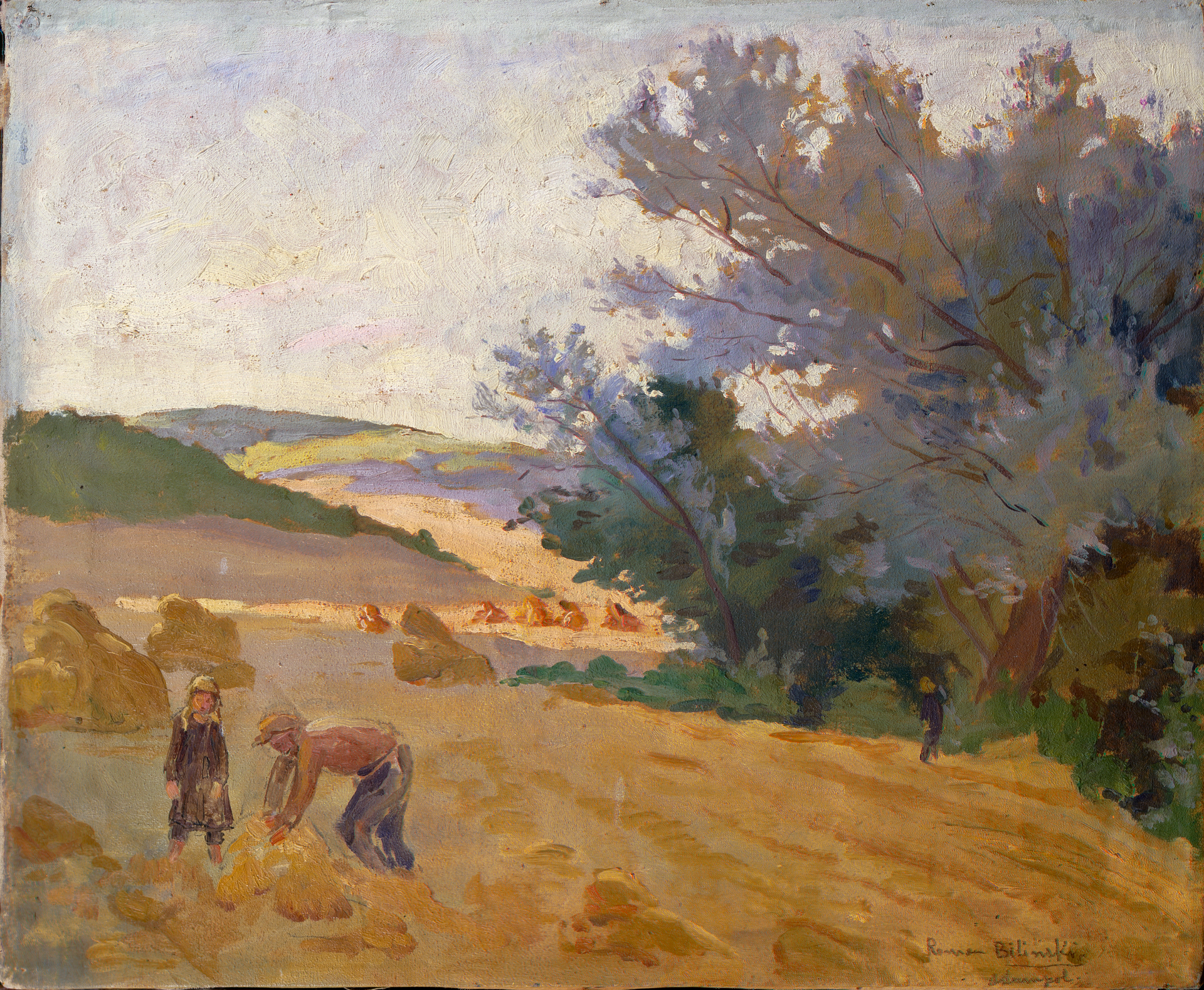
Adampol (Polonezköy) by Roman Bilinski (Private Archive of Diana Bilinski). 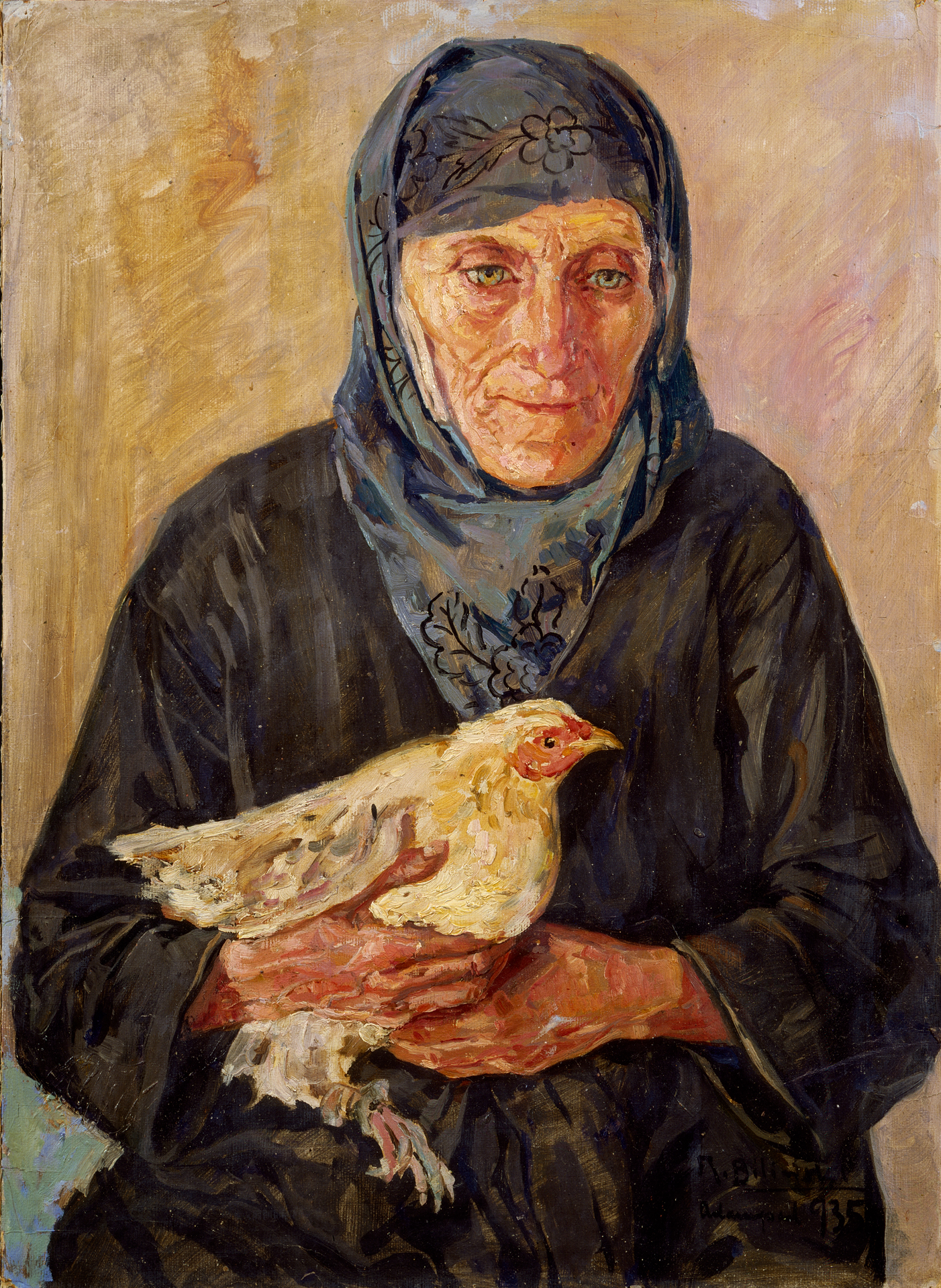
Adampol (Polonezköy) by Roman Bilinski. Turkey, 1935 (Private Archive of Diana Bilinski). 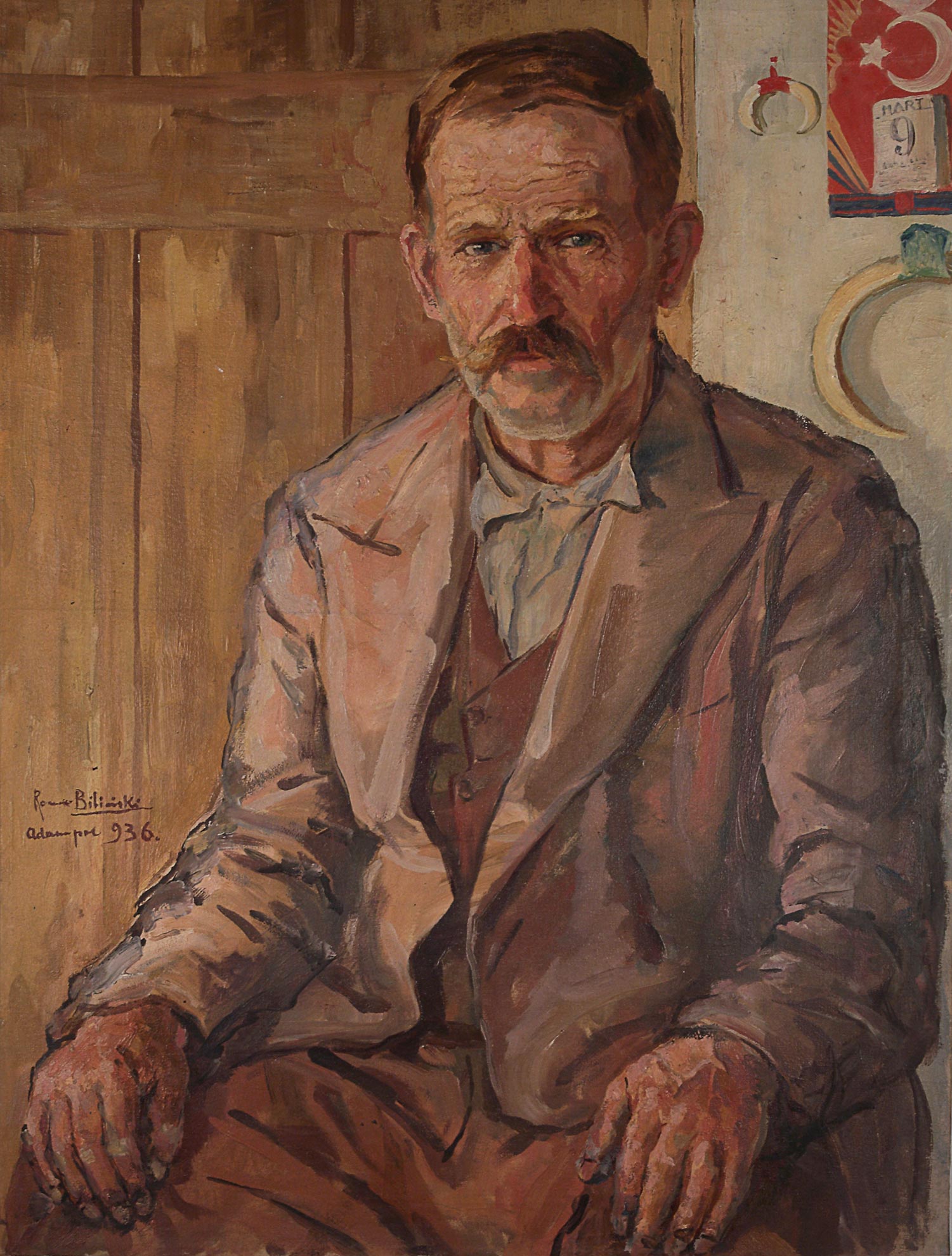
Adampol (Polonezköy) by Roman Bilinski. Turkey, 1936 (Private Archive of Diana Bilinski). 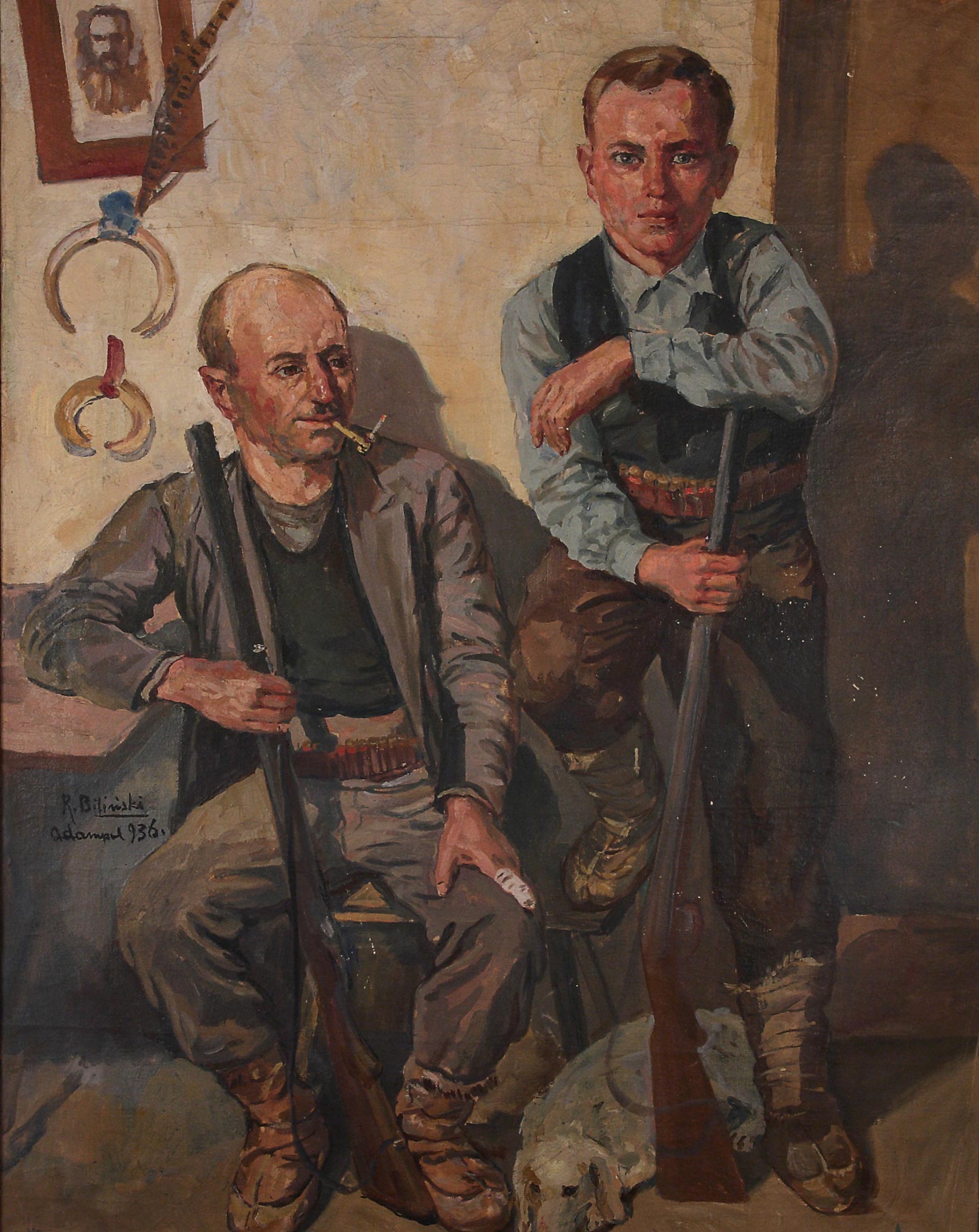
Adampol (Polonezköy) by Roman Bilinski. Turkey, 1936 (Private Archive of Diana Bilinski). 
Adampol (Polonezköy) by Roman Bilinski. Turkey, 1936 (Private Archive of Diana Bilinski). 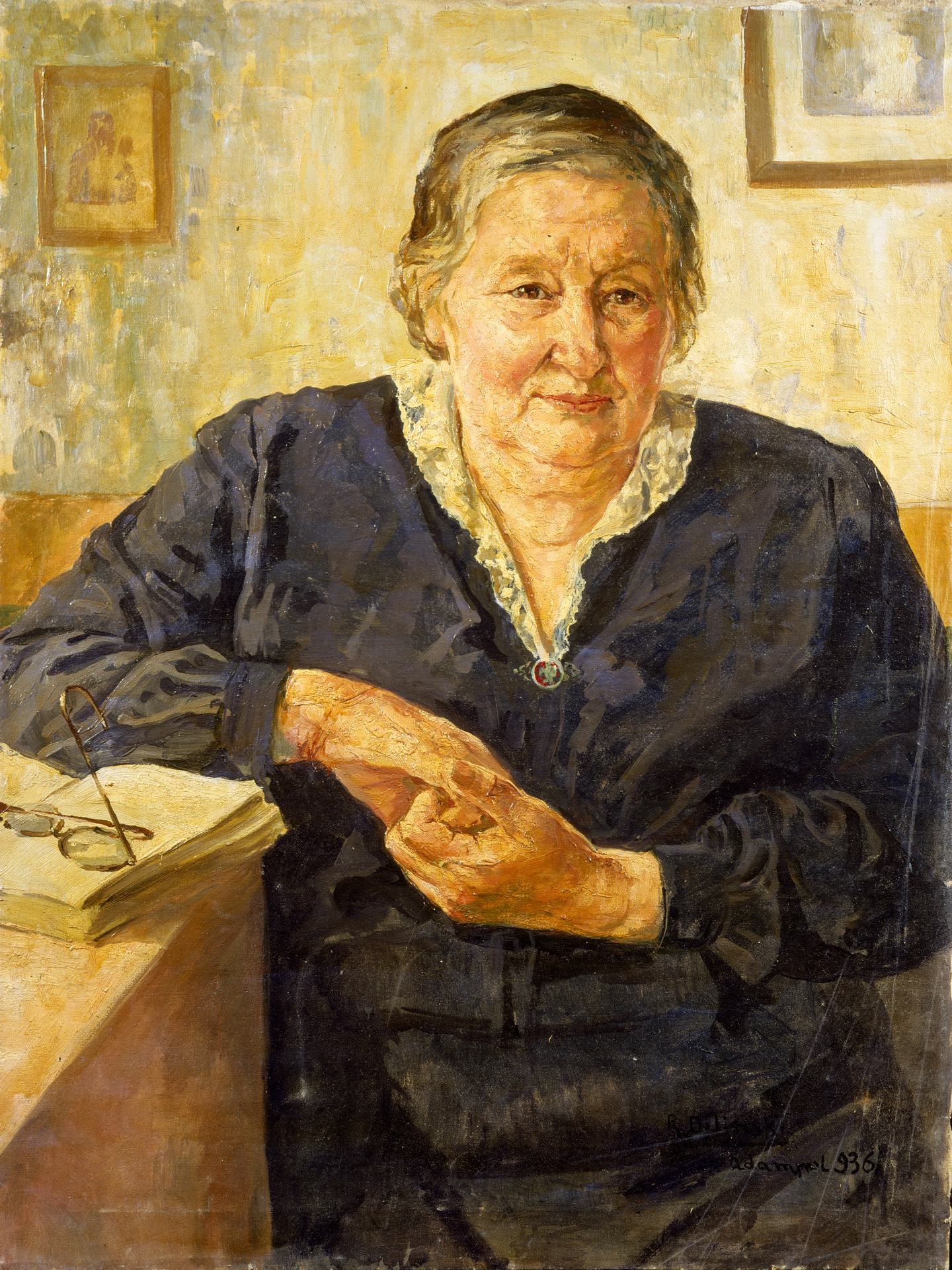
Adampol (Polonezköy) by Roman Bilinski. Turkey, 1936 (Private Archive of Diana Bilinski). 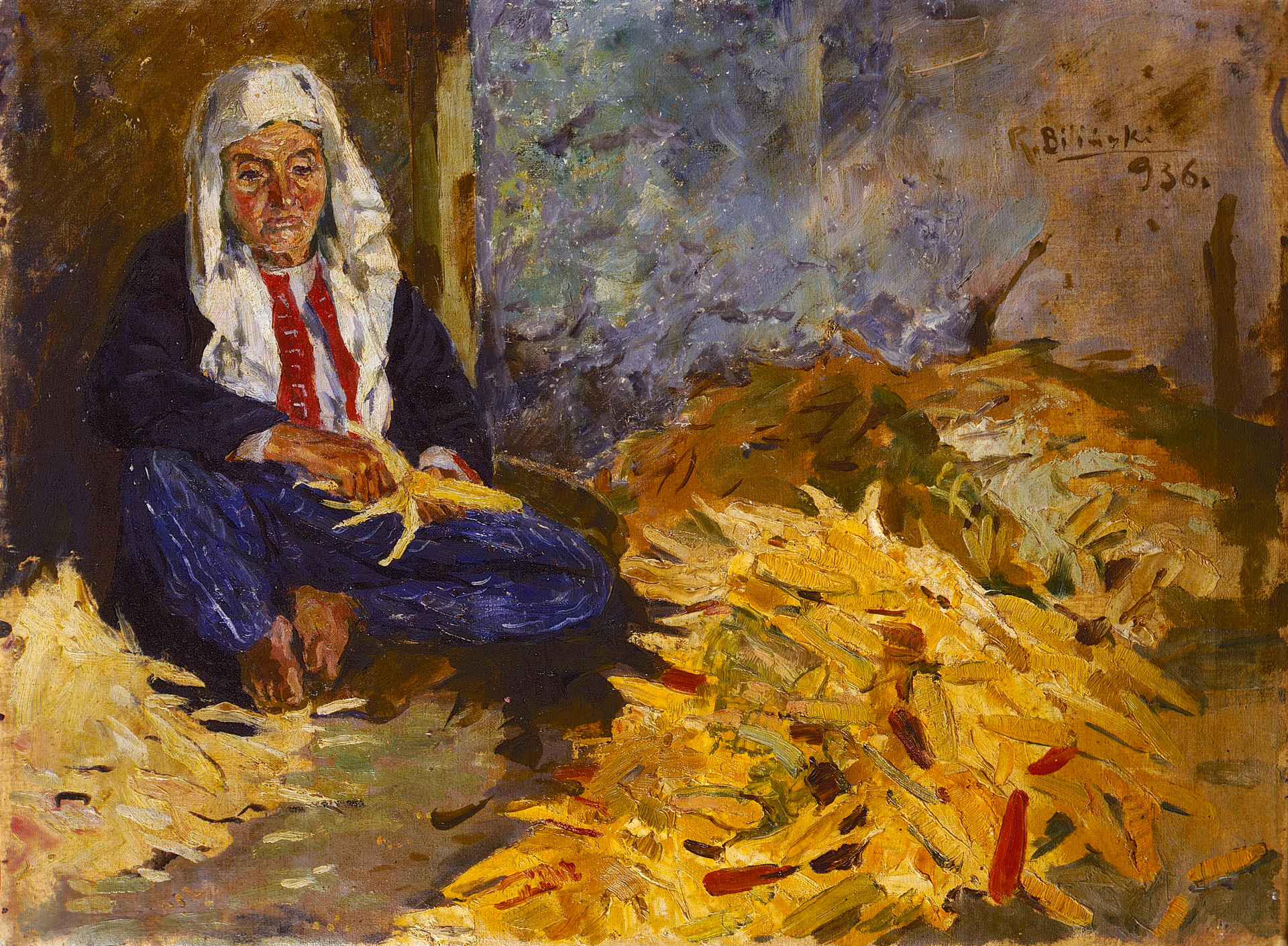
Work by Roman Bilinski. Turkey, 1936 (Private Archive of Diana Bilinski). 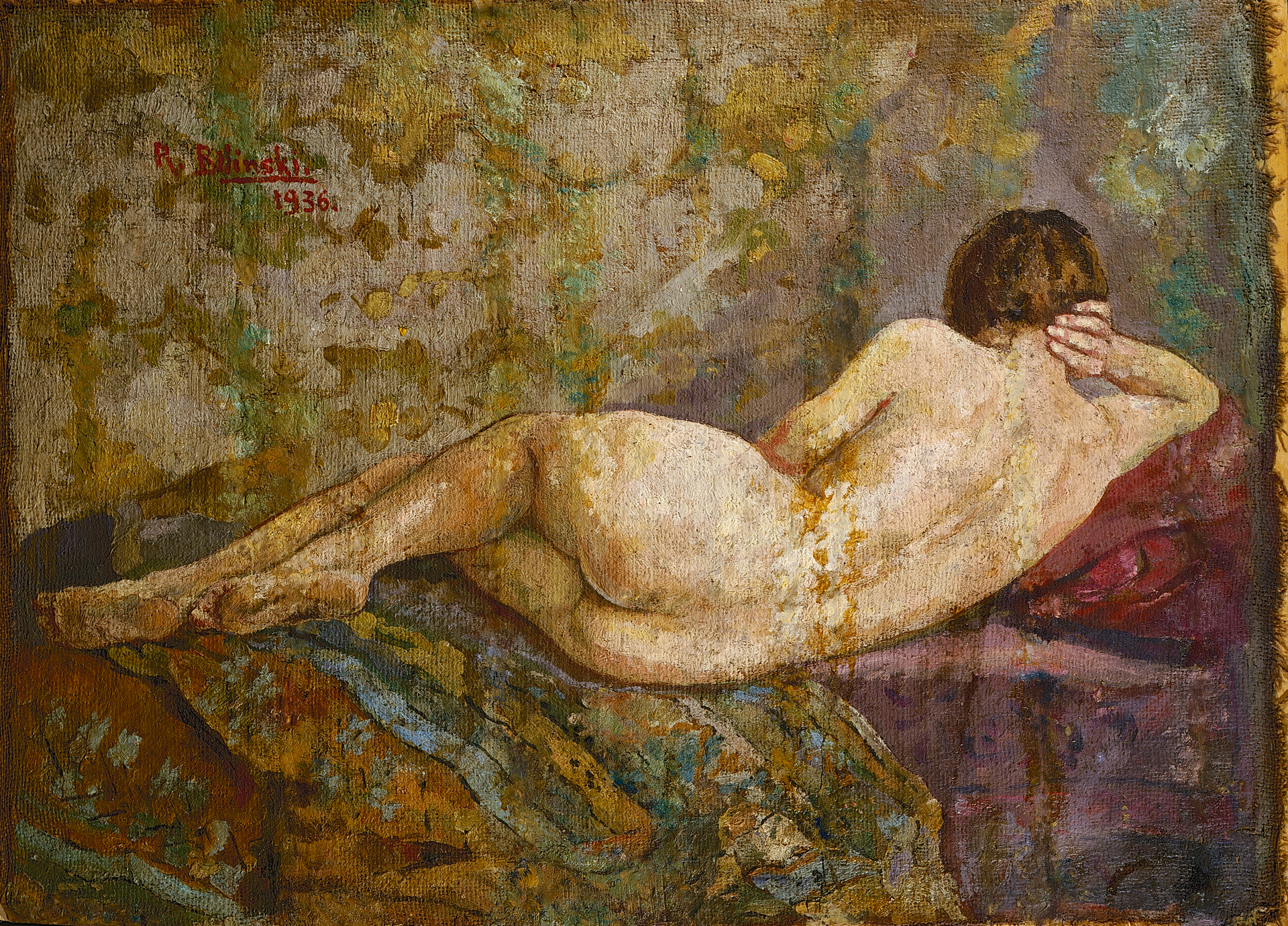
Work by Roman Bilinski. Yugoslavia, 1936 (Private Archive of Diana Bilinski). 
The cover of the book by Marco Farotto, Roman Bilinski - Un artista cosmopolita nel Ponente ligure. According to the author, Bilinski used to walk around dressed in this way. 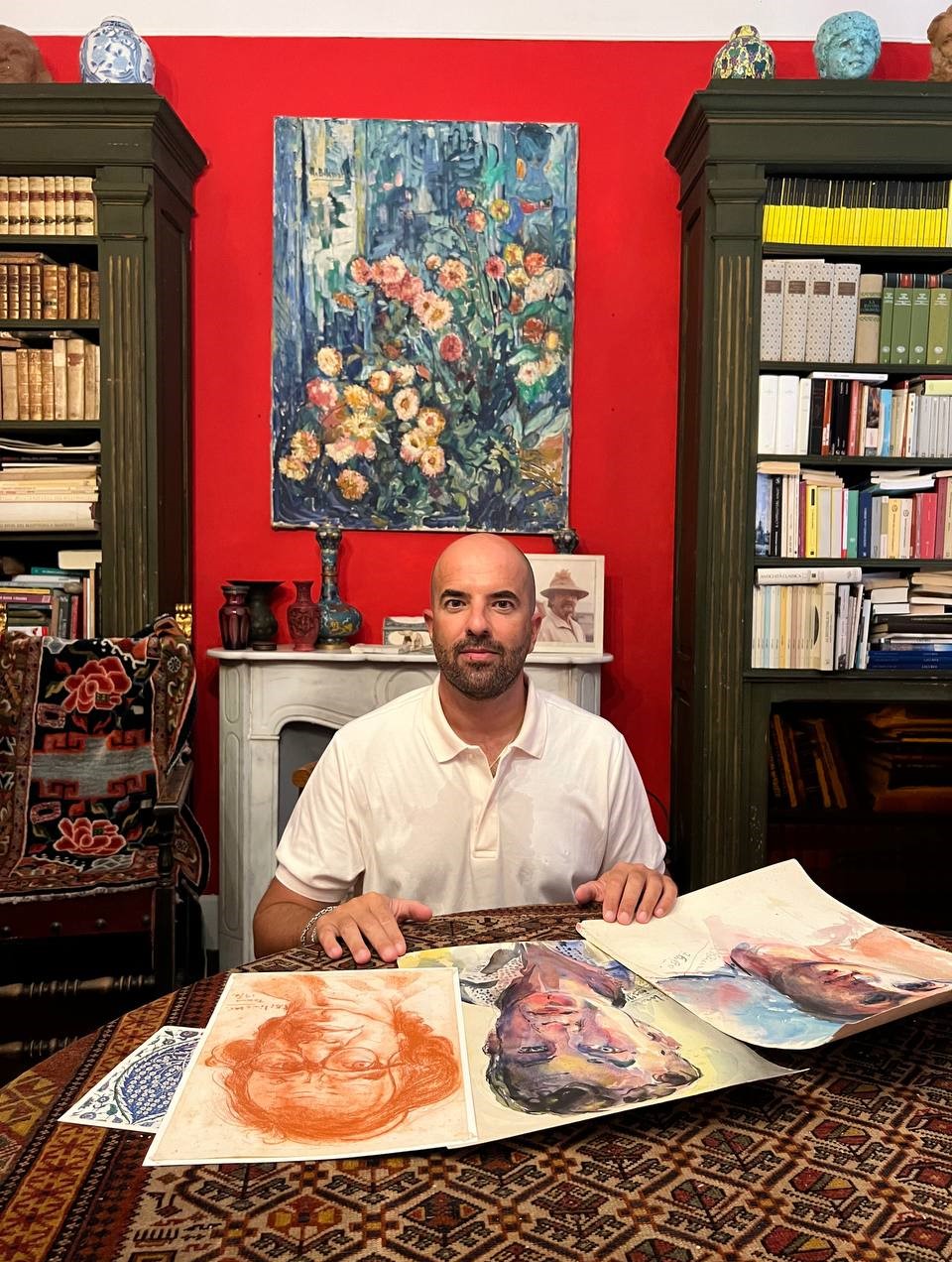
The Metromod Team expresses deep gratitude to Luigi Capello for his invaluable assistance throughout the project in researching and exploring the life and artistic endeavors of his grandfather, Roman Bilinski. Anonymous. “Odnodnevnaya vystavka kartin.” Presse du Soir, 10 October 1921, p. 4.
Anonymous. "Russkoye Iskusstvo Za Granitsey, Konstantinopol'." Teatr i Jizn’, no.7, January 1922, n.p.
Anonymous. “Vystavka Soyuza Russkih Hudojnikov.” Presse du Soir, 19 June 1922, n.p.
Anonymous. "L'exposition de peinture de la Caserne Mc Mahon." Journal D'Orient, 7 July 1922, n.p.
Anonymous. "Polonez köyünde bir abide." Milliyet, 13 December 1933, p.3.
Anonymous. "Bir resim sergisi." Milliyet, 11 June 1934, p. 6.
Anonymous. "Galatasaray Resim sergisi." Milliyet, 22 July 1934, p. 6.
Anonymous. "18 inci resim sergisi." Cumhuriyet, 22 July 1934, p. 5.
Anonymous. "Roman Bilinski. Una vita fantastica." bordighera.it, https://www.bordighera.it/cultura/artisti/bilinski. Accessed 29 August 2021.
Eraslan Taşpınar, Şeyda. "Türk Resim Sanatının Öncü Kadın Ressamları." Mimoza, June 2015, p. 14.
Word Count: 113
Private Archive of Diana Bilinski (Italy).
Private Archive of Dimitri Ismailovitch that belongs to Eduardo Mendes Cavalcanti (Rio de Janeiro, Brazil).
Archives & Special Collections, The College of the Holy Cross (Worcester, Massachusetts).
Slavonic Library (Slovanská knihovna) in Prague.
Word Count: 39
I wish to express my most sincere gratitude to Luigi Capello and Diana Bilinski for their enormous help. I am also very grateful to Marco Farotto for his valuable assistance. Finally I would like to thank Eduardo Mendes Cavalcanti and the representatives of the Archives & Special Collections at the College of the Holy Cross (Worcester, Massachusetts).
Word Count: 57
Bursa Street 40 (now Sadri Alışık 40), Beyoğlu, Istanbul (studio); Küçük Yazıcı 4 (now presumably Tarlabaşı Blv. 79), Hüseyinağa, Beyoğlu, Istanbul (studio); Polish Consulate, Nişantaşı, Cabi Street 12 (now Rumeli Caddesi, Şişli), Istanbul; Adampol/Polonezköy, Istanbul.
- Istanbul
- Ekaterina Aygün. "Roman Bilinski." METROMOD Archive, 2021, https://archive.metromod.net/viewer.p/69/2949/object/5138-12057969, last modified: 29-05-2023.
-
Dimitri IsmailovitchPainterArt HistorianIstanbul
In Istanbul, Ismailovitch became one of the leaders of the Union of Russian Painters in Constantinople, organised three solo exhibitions, and made contribution to the study of Byzantine art.
Word Count: 29
First Russian émigré artists in Istanbul exhibitionExhibitionIstanbulThe first Russian-speaking émigré artists in Istanbul exhibition was a one-day event but its success led to the formation of the Union and paved the way for other exhibitions.
Word Count: 29
Exhibition of Russian émigré artists at Taksim Military BarracksExhibitionIstanbulThe exhibition of Russian-speaking émigré artists at Taksim Military Barracks was the first major exhibition organised by the Union of Russian Painters in Constantinople.
Word Count: 24
Union of Russian Painters in ConstantinopleAssociationIstanbulThe Union existed for less than two years but in that short space of time a tremendous amount of work was done by its members, refugees from the Russian Empire.
Word Count: 30
Konstantinopol’skiy Kommercheskiy KlubClubIstanbulKKK was probably the most popular Russian club in Beyoğlu district between 1924 and 1926. Not only Russian émigrés but also local residents could enjoy its constantly updated entertainment programme.
Word Count: 30
Leon TrotskyPoliticianIstanbulBanished by Stalin, the revolutionary politician Leon Trotsky and his entourage arrived in Istanbul in 1929. He settled on Büyükada, one of the Princes’ Islands in the Sea of Marmara.
Word Count: 31
Rudolf BellingSculptorIstanbulAs a professor at the Academy of Fine Arts and Technical University in Istanbul from 1937 until 1966, Rudolf Belling taught his students the technicalities of form, material and proportion.
Word Count: 28
Iraida BarrySculptorIstanbulAfter the Russian Revolution of 1917, Barry settled in Istanbul, where she lived until her death. She is remembered as one of the first female sculptors of the Turkish Republic.
Word Count: 29
Nikolai KlugePainterPhotographerArt restorerArchaeologistCopyistIstanbulAs a non-regular employee at the Russian Archaeological Institute of Constantinople before the Russian Revolution, Nikolai Kluge was perhaps the émigré artist most familiar with Istanbul.
Word Count: 26
Nikolai PeroffPainterArt restorerIconographerChoir DirectorCharitable Society’s ChairmanScene DesignerIstanbulNikolai Peroff lived in Istanbul until the end of his life. He was engaged in restorations, carried out scene decorations, and did a lot for the Russian churches in Karaköy.
Word Count: 31
Nikolai KalmykoffPainterScene DesignerMuralistIstanbulKalmykoff played an active part in the Union of Russian Painters in Constantinople and at the same time worked as a stage designer. Later he acquired the Turkish citizenship.
Word Count: 29
Traugott FuchsPhilologistRomanistPoetPainterIstanbulTraugott Fuchs was a multi-talented philologist, painter and poet who lived in Istanbul from 1934 until the end of his life in 1997.
Word Count: 21